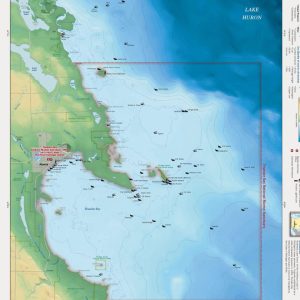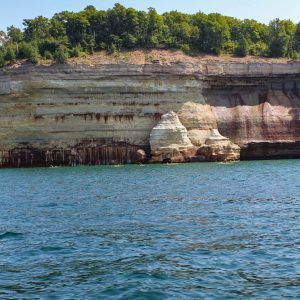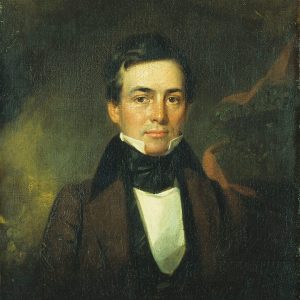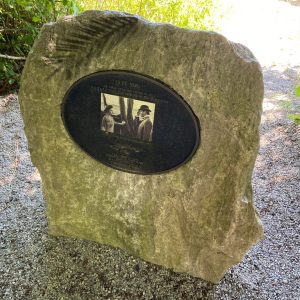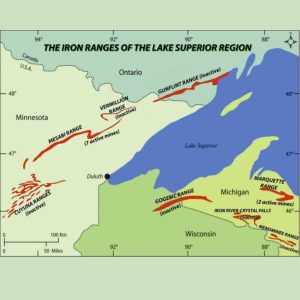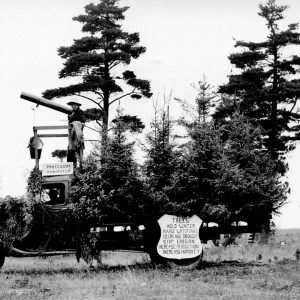On October 7, 2000, Thunder Bay made waves in history when the National Oceanic and Atmospheric Administration (NOAA) officially designated it as the first National Marine Sanctuary in the Great Lakes and 13th in the nation. Known as “Shipwreck Alley,” this stretch of Lake Huron off Alpena, Michigan, has claimed hundreds of vessels over the past two centuries—some lost to fierce storms, others to heavy fog, rocky shoals, or Thunder Bay Island itself. What was once a mariner’s nightmare is now a diver’s dream and a historian’s treasure chest. 116 Shipwrecks Thunder Bay’s reputation for danger began early. Its location… Read More »


